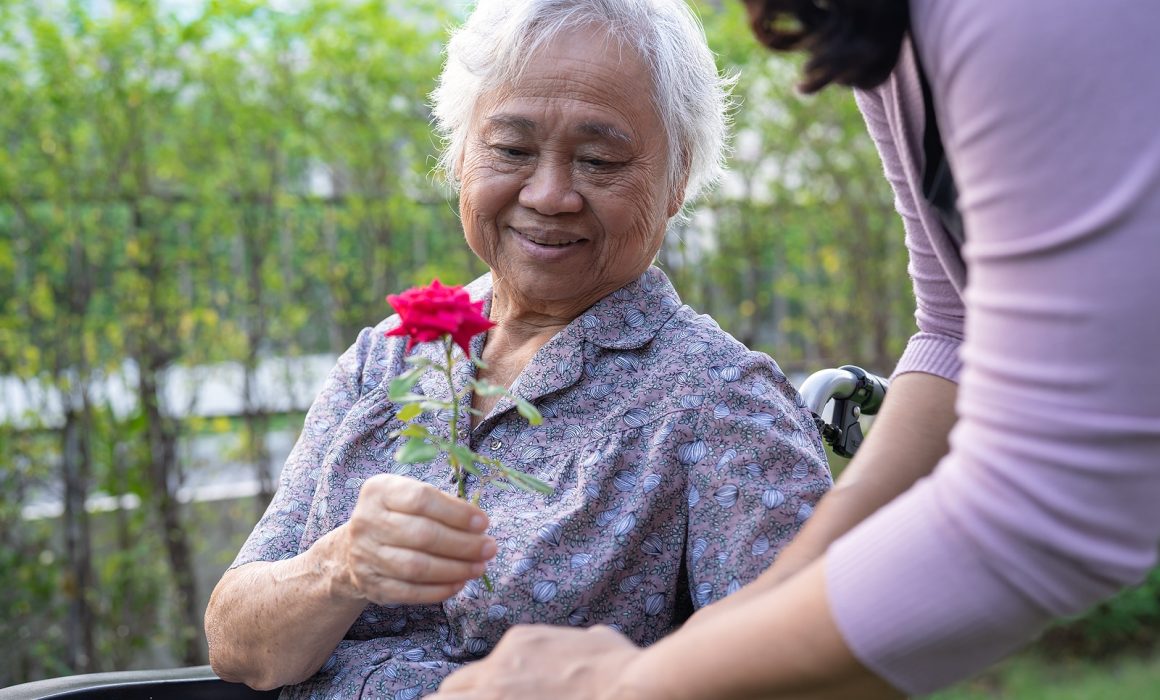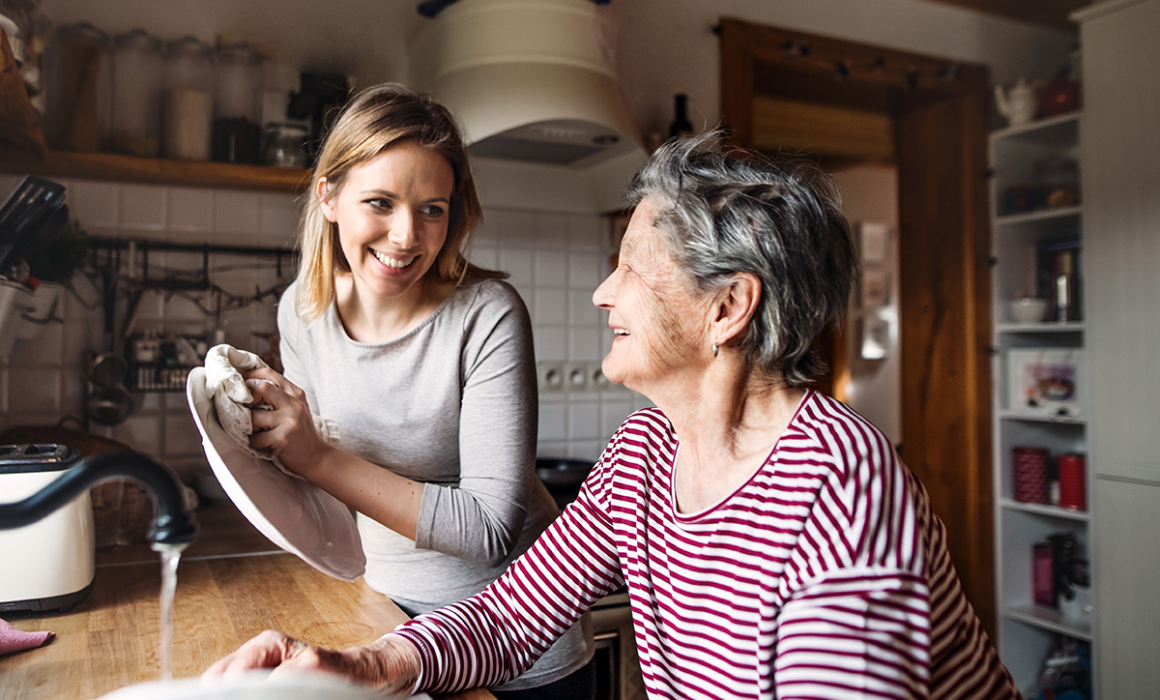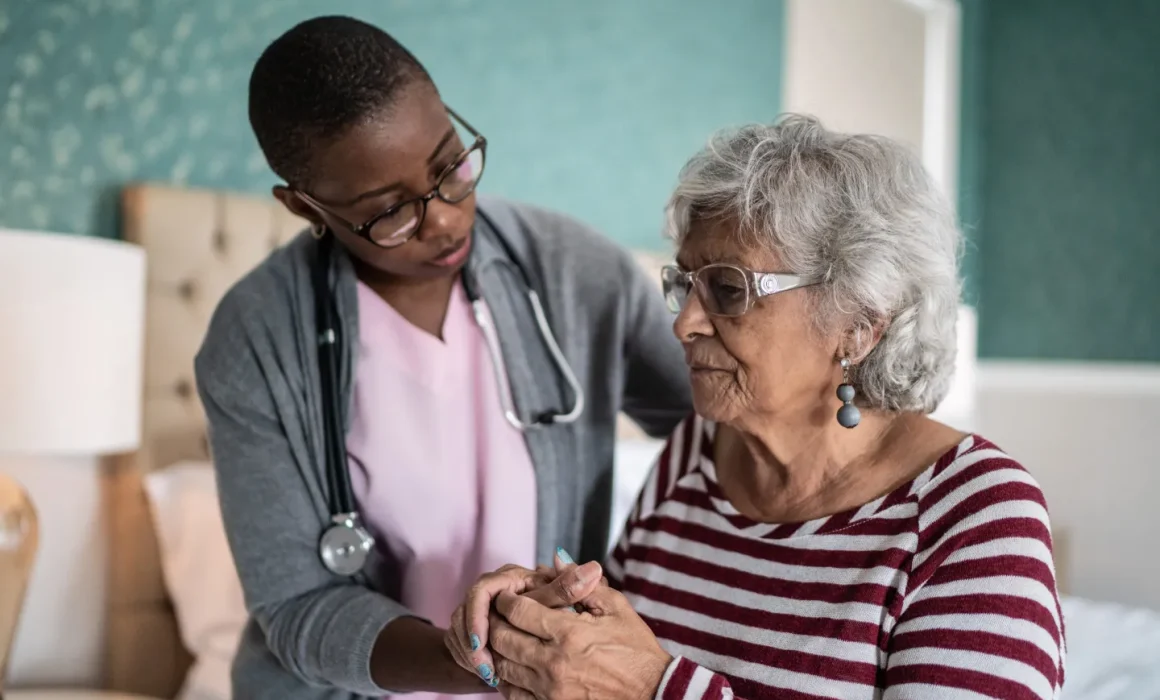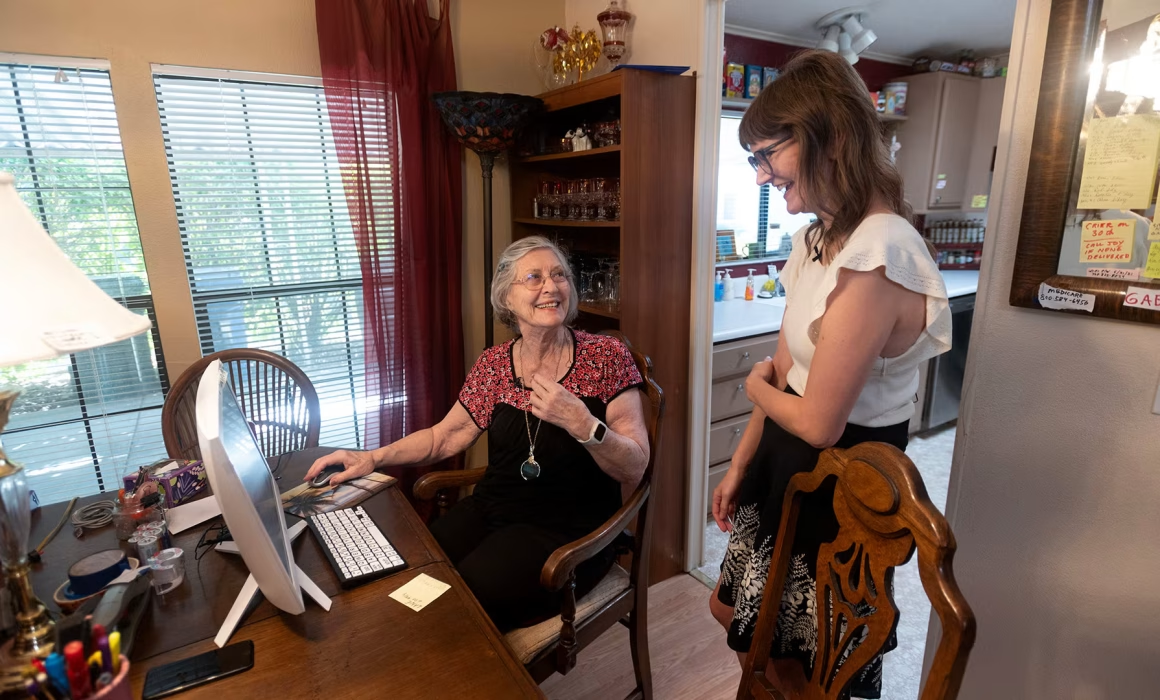Introduction: Healing Begins at the Table
When cancer treatment ends, a new and quieter battle often begins—the battle to rebuild.
The body, battered by chemotherapy, radiation, surgeries, or immunotherapies, needs more than time to heal. It needs fuel. It needs intention. It needs nourishment that is as compassionate as it is strategic.
Food becomes more than sustenance; it becomes medicine, memory, and sometimes even a rediscovery of joy.
For survivors and their families, rebuilding through nutrition is an act of hope—one meal, one bite, one day at a time.
This guide provides a complete, empathetic roadmap to rebuilding the body after cancer through thoughtful, home-based meal planning tailored to the real, lived experience of recovery.
Section 1: The Body After Cancer Treatment
1.1 What Cancer Leaves Behind
Cancer treatments are a double-edged sword—they save lives, but they leave marks.
After treatment, survivors often face:
- Muscle wasting from long periods of inactivity
- Compromised immune systems vulnerable to infection
- Gastrointestinal challenges like nausea, diarrhea, constipation, or loss of appetite
- Taste changes making favorite foods seem foreign
- Persistent fatigue that affects meal preparation and eating habits
Understanding these realities is essential to shaping nutritional goals that are grounded in compassion, not unrealistic ideals.
1.2 The Emotional Landscape of Eating After Cancer
Food often carries emotional weight for survivors:
- Fear of recurrence sparks anxiety about “eating perfectly.”
- Taste aversions and fatigue drain the joy from meals.
- Shifts in appetite or body image make mealtimes emotionally charged.
Recovery nutrition must be as emotionally healing as it is physically restorative.
The goal isn’t perfection—it’s building trust with the body again.
Section 2: Core Nutritional Principles for Recovery
2.1 Prioritizing Protein for Repair
Protein is the cornerstone of rebuilding after cancer. It repairs tissues, supports immune function, and helps restore muscle mass.
Aim for:
- Lean meats like turkey and chicken
- Soft fish like salmon (rich in omega-3 fatty acids)
- Plant-based proteins: lentils, tofu, quinoa
- Greek yogurt, cottage cheese, and protein shakes if chewing is difficult
If the survivor has difficulty eating full meals, small, protein-rich snacks every few hours are often more effective.
2.2 Embracing Anti-Inflammatory Foods
Inflammation often lingers post-treatment. An anti-inflammatory diet can help the body recover more gently.
Focus on:
- Leafy greens: spinach, kale, arugula
- Colorful vegetables: bell peppers, carrots, sweet potatoes
- Berries: blueberries, strawberries, blackberries
- Healthy fats: olive oil, avocado, walnuts, flaxseeds
These foods are packed with antioxidants that fight cellular stress and promote healing at the microscopic level.
2.3 Hydration as Healing
Dehydration is a hidden enemy during recovery. It exacerbates fatigue, constipation, and kidney strain.
Encourage:
- Sipping water throughout the day, even when not thirsty
- Infusing water with lemon, cucumber, or mint to entice better hydration
- Coconut water or herbal teas for variety
When taste changes make water unappealing, creativity saves the day.
2.4 Managing Side Effects Through Food
- Nausea:
Opt for bland, easy-to-digest foods like plain toast, applesauce, or rice. - Mouth sores:
Choose soft, cool foods—smoothies, mashed potatoes, yogurt. - Diarrhea:
Emphasize binding foods like bananas, white rice, oatmeal. - Constipation:
Increase fiber intake through fruits, vegetables, and whole grains, alongside generous water intake.
A flexible, day-by-day approach is key—listen to the body’s signals without judgment.
Section 3: Building Practical Home-Based Recovery Meal Plans
3.1 The Importance of Simplicity
Complex meal plans sound impressive but often collapse under the real pressures of cancer recovery: low energy, reduced appetite, and fluctuating moods.
Simplicity reigns supreme:
- Batch cook and freeze: Stews, soups, protein-packed casseroles.
- Prepare meal kits: Pre-chopped veggies, measured proteins, ready for quick assembly.
- Use grocery delivery services to conserve precious energy.
Eating well must feel accessible, not exhausting.
3.2 A Sample One-Week Recovery Meal Plan
Here’s an example structured around ease, nutrition, and flexibility:
Introduction: The New Chapter After Stroke
When a stroke strikes, it does so without warning, turning the ordinary into the extraordinary. Life is cleaved into two distinct parts: before the stroke—and everything after.
But stroke survivors are not defined by what was lost; they are shaped by what they rebuild. And much of that rebuilding begins at home.
Home becomes more than a resting place—it becomes a recovery center, a training ground for new skills, and a sanctuary for physical and emotional healing.
This guide offers a roadmap for stroke recovery at home, focusing on three essential pillars: practical daily exercises, strategic use of mobility aids, and the indispensable role of family in shaping the healing journey.
Section 1: Practical Exercises for Daily Recovery
1.1 Why Home Exercise Is Critical
Stroke survivors need daily movement—not just during formal therapy sessions, but throughout their day.
Movement supports:
- Neuroplasticity (the brain’s ability to rewire itself)
- Muscle strength rebuilding
- Balance and coordination restoration
- Emotional confidence
Consistency matters more than intensity. Small, repeated efforts each day lay the foundation for remarkable gains over time.
1.2 Foundational At-Home Exercises
Always consult a physical therapist before beginning or adjusting exercises.
Here are beginner-friendly movements typically recommended for home recovery:
- Seated Marching:
Sitting upright in a sturdy chair, gently lift knees one at a time, mimicking a marching motion. Strengthens hips and thighs while improving circulation. - Hand and Finger Stretches:
Stroke survivors often experience muscle stiffness. Open and close fists slowly. Use therapy putty or a soft ball to strengthen grip. - Weight Shifting:
While standing (supported if necessary), shift weight gently from side to side. Rebuilds balance and spatial awareness. - Wall Push-Ups:
Facing a wall at arm’s length, perform push-ups against the wall to strengthen upper body and improve trunk control. - Ankle Pumps:
Point and flex the toes while lying or sitting to encourage lower leg strength and prevent blood clots.
Consistency, not complexity, fuels progress.
1.3 Repetition and Routine
Brain recovery thrives on repetition. Daily exercises, even simple ones, send powerful signals to the brain, strengthening emerging neural pathways.
Establish a “Recovery Hour” each day where exercises are practiced consistently, but gently.
Celebrate small wins—an extra rep, steadier standing, a stronger handshake.
Recovery is built one repetition, one day at a time.
Section 2: Strategic Use of Mobility Aids
2.1 When and Why Mobility Aids Matter
Pride often tempts survivors to resist canes, walkers, or wheelchairs.
But mobility aids are not signs of defeat—they are bridges to independence.
Proper aids can:
- Prevent falls
- Restore partial independence faster
- Reduce caregiver strain
- Boost confidence to explore beyond the immediate home
The goal isn’t just movement—it’s safe, purposeful movement.
2.2 Choosing the Right Mobility Aid
Each survivor’s needs vary. Some common aids include:
- Quad Canes:
Offer greater stability than standard canes; excellent for mild balance issues. - Walkers:
Provide full-body support during early recovery. Some models come with seats for rest periods. - Wheelchairs:
Allow longer outings without exhaustion. Lightweight models are easier for caregivers to handle. - Ankle-Foot Orthosis (AFO):
A brace that corrects “foot drop” and supports normal walking patterns.
Work with a physical therapist to customize aid selection and ensure correct usage. Poorly fitted devices cause frustration and injuries.
2.3 Adapting the Home Environment
Home layouts often need adjusting to support mobility aid use:
- Remove area rugs and loose cords.
- Install grab bars near steps, bathrooms, and hallways.
- Widen doorways if possible to accommodate walkers or wheelchairs.
A home that accommodates aids allows the survivor to reclaim autonomy—room by room, day by day.
Section 3: The Indispensable Role of Family
3.1 Emotional Anchoring After Stroke
Stroke recovery is not just physical—it’s emotional.
Survivors face grief for lost abilities, fear of future strokes, and frustration with slow progress.
Family members serve as emotional anchors, offering:
- Encouragement when setbacks occur
- Patience during mood swings or cognitive fog
- Gentle motivation to keep striving for small victories
A listening ear is often as powerful as physical therapy.
3.2 Practical Roles Family Can Play
Beyond emotional support, family members can actively aid recovery:
- Exercise Partners:
Helping with stretches or motivating during home therapy sessions. - Appointment Coordinators:
Managing schedules for physical, occupational, and speech therapy. - Environmental Modifiers:
Continuously adjusting the home to better match changing abilities. - Communication Facilitators:
Learning techniques (such as yes/no boards) to aid survivors with speech difficulties.
Caregiving can be distributed among multiple family members to avoid burnout. Even small, regular contributions from siblings, spouses, or friends make a tremendous impact.
3.3 Supporting Survivor Identity and Autonomy
Stroke changes abilities, but it doesn’t erase the survivor’s identity.
Family members should:
- Encourage decision-making (“Would you like to sit in the sun or by the window?”)
- Celebrate achievements (no matter how “small”)
- Avoid infantilizing speech or attitudes
- Provide opportunities for purpose—volunteering, art, mentorship, etc.
Dignity fuels recovery as much as medicine.
Conclusion: Recovery Is Not a Race, It’s a Journey
Stroke recovery at home is a marathon, not a sprint.
Progress often feels slow. Setbacks are normal. Frustration will visit—but so will breakthroughs.
Each exercise, each successful transfer from chair to walker, each shared laugh at the dinner table stitches resilience into the survivor’s spirit.
The home, once an ordinary backdrop to life, now becomes a sacred ground for healing, connection, and renewal.
Families are not just bystanders to recovery—they are active architects, building hope, strength, and new futures one step at a time.
When Alzheimer’s enters the home, it doesn’t just affect the person diagnosed—it reshapes the lives of everyone around them. The rhythms of daily life, the shape of the home itself, and even the fabric of family relationships must stretch and adapt. Caregivers often feel caught between the love that drives them and the overwhelming demands that challenge them.
Yet even amidst these changes, caregivers have tremendous power: the power to create comfort, to foster moments of joy, and to preserve dignity. Home-based care for Alzheimer’s patients is not about striving for perfection—it’s about crafting an environment where safety, familiarity, and connection thrive.
This guide offers a roadmap through the three essential pillars of Alzheimer’s home care: creating supportive daily routines, establishing safe home environments, and sustaining cognitive engagement that honors the person beneath the diagnosis.
Section 1: Designing Daily Routines That Build Confidence
1.1 The Value of Predictability
For individuals living with Alzheimer’s, the world often feels unpredictable and confusing. Memory loss, impaired reasoning, and changing moods can make even simple daily tasks daunting.
Consistency offers a lifeline. Establishing a predictable routine gives structure to the day, reducing anxiety and minimizing confusion.
Familiar rituals—like morning coffee on the porch, listening to favorite music after lunch, or evening prayer—become anchors in a shifting world. Predictability is not just comforting; it empowers.
1.2 Building a Balanced Daily Schedule
An effective daily schedule aligns with the individual’s natural energy cycles:
- Morning:
- Gently structured with basic hygiene tasks (bathing, dressing).
- Followed by stimulating yet manageable activities, such as a short walk, music, or a favorite TV show.
- Midday:
- Time for mentally engaging activities like puzzles, reminiscing, or light household tasks.
- A healthy lunch and a rest period to recharge.
- Afternoon:
- Low-key activities, like watching birds through the window, folding towels, or simple craft projects.
- Evening:
- A light meal followed by calming activities like looking at photo albums or listening to soothing music before an early, consistent bedtime.
Visual aids, whiteboards, or memory books can reinforce these routines without relying solely on verbal reminders.
1.3 Adjusting to Changing Needs
No schedule should be set in stone.
As Alzheimer’s progresses, caregivers must adapt routines gently—respecting the person’s diminishing energy or emerging sensitivities. Flexibility becomes as important as consistency.
Anchor points (wake-up, meals, sleep) remain stable, while activities between can soften and change.
Being responsive, rather than rigid, keeps daily life manageable and compassionate.
1.4 Integrating Physical and Occupational Therapy
Movement is vital for maintaining physical health, even if it’s just short walks or stretching exercises at home.
Occupational therapy principles, like strengthening hand coordination or practicing self-feeding, help individuals retain independence longer.
Simple activities like folding towels or brushing hair are not trivial—they are daily victories that protect dignity.
Section 2: Creating a Safe and Navigable Home Environment
2.1 Safety First: The Basics
The familiar home environment can inadvertently become dangerous as Alzheimer’s progresses. A safety audit is crucial:
- Remove tripping hazards: Clear clutter and use nonslip mats.
- Improve lighting: Install night lights and use high-contrast color markers.
- Secure furniture: Anchor heavy pieces to prevent tipping.
Safety adjustments protect not just mobility, but confidence.
2.2 Kitchen and Bathroom Precautions
Kitchens and bathrooms are particularly hazardous zones.
- Kitchen:
- Install stove knob covers or shut-off devices.
- Lock away cleaning supplies and sharp utensils.
- Bathroom:
- Add grab bars by toilets and showers.
- Use non-slip mats and raised toilet seats.
Preventing accidents helps both the caregiver and the patient feel less anxious throughout the day.
2.3 Managing Wandering Risks
Wandering can happen unexpectedly, even in early stages. Preparation saves lives:
- Install door alarms and childproof locks high or low, out of direct sight.
- Use ID bracelets or GPS tracking wearables.
- Post clear signage inside the home to orient and reduce panic.
Gentle containment strategies preserve dignity without feeling punitive.
2.4 Fall Prevention Techniques
Falls account for a significant percentage of hospitalizations among seniors with dementia. Preventative steps include:
- Using low-pile carpets or smooth, secured flooring.
- Ensuring that footwear is sturdy and slip-resistant.
- Creating clear, wide pathways in each room.
Building a fall-safe environment allows for more freedom within the home.
Section 3: Cognitive Engagement to Preserve Dignity and Joy
3.1 Why Cognitive Stimulation Matters
Alzheimer’s gradually erodes cognitive abilities, but active engagement can slow the decline.
Mental stimulation isn’t about “fixing” memory—it’s about enriching life, maintaining dignity, and fostering small daily successes.
3.2 Meaningful, Accessible Activities
Choose activities that meet the individual’s current abilities and interests:
- Puzzles: Large-piece puzzles provide a sense of achievement.
- Sorting: Organizing colored objects taps into recognition skills.
- Music: Singing, clapping, or simple instruments connect directly to emotional memory.
- Reminiscence: Telling life stories or sharing old photographs roots the person in their enduring identity.
The goal isn’t mastery—it’s joy, engagement, and emotional connection.
3.3 Socialization Opportunities
Human connection remains vital at every stage of Alzheimer’s.
- Encourage visits from familiar faces, but limit overwhelming crowds.
- Engage in structured programs when possible, such as adult day centers or memory cafes.
- Virtual visits can supplement in-person interaction when necessary.
Positive, low-stress interactions help maintain emotional wellness.
3.4 Adaptive Tools and Technology
Modern technology offers subtle but powerful supports:
- Tablets with senior-friendly apps stimulate memory and language.
- Smart speakers play music, provide calming sounds, or gently remind about tasks.
- Digital photo frames loop through happy memories all day.
The right tools can extend independence and reduce frustration.
3.5 Avoiding Overstimulation
While stimulation is crucial, overdoing it causes agitation.
- Keep activities simple and low-pressure.
- Offer limited choices to avoid overwhelming the individual.
- Monitor fatigue signs and pivot to calming strategies as needed.
Balance activity with quiet moments to maintain emotional equilibrium.
Section 4: Family Strategies for Long-Term Success
4.1 Caregiver Training and Education
Knowledge transforms fear into empowerment.
Seek out caregiver education programs focused on dementia care strategies, communication, and legal planning.
Investing in knowledge equips you to respond with confidence rather than reactionary stress.
4.2 Building a Team Approach
Caregiving is sustainable only when shared.
- Delegate tasks among family members.
- Accept offers of help from friends, even for small things like grocery runs.
- Hire professional home care support when needed.
A team approach protects not only the individual with Alzheimer’s but the emotional health of the entire family.
4.3 Self-Care for the Caregiver
Chronic stress without relief is a recipe for caregiver collapse.
- Schedule daily “off-duty” times, even for 20 minutes.
- Maintain friendships and hobbies beyond caregiving.
- Join caregiver support groups to normalize your struggles and victories.
Taking care of yourself ensures you can keep taking care of your loved one.
Conclusion: Alzheimer’s Home Care is a Journey, Not a Task
Caring for a loved one with Alzheimer’s at home is a path paved with profound moments of connection—and profound demands on the heart.
The house you once knew reshapes itself into a therapeutic space. Routines become rituals of protection and love. Cognitive games become bridges back to the inner world of a person you cherish.
You are not just managing symptoms. You are building an environment where life still has meaning, even as memory fades.
Alzheimer’s changes everything—but it doesn’t erase the possibility of dignity, joy, and love within the walls of home.
You are not alone. You are enough. And every act of compassion matters more than words can say.
Introduction: Why Caregivers Need a Survival Guide
Caregiving is an act of profound devotion—and a test of endurance unlike any other. Whether you are caring for a parent, spouse, child, or friend, stepping into this role means reshaping your daily life around another person’s needs. It is a journey filled with deep meaning, yet it demands an emotional, physical, and mental resilience that can wear down even the strongest hearts.
Without clear strategies and ongoing support, caregiving can lead to stress, burnout, and a loss of personal identity. But with thoughtful planning, emotional awareness, and practical tools, caregivers can protect their own well-being while continuing to offer compassionate care.
This guide will equip you with the critical tools for survival—and more importantly, for sustainable caregiving success. We’ll explore how to strengthen your mental resilience, prevent burnout, and master communication skills that sustain healthy caregiving relationships.
Section 1: Understanding the Emotional Terrain of Caregiving
1.1 Emotional Labor and Identity Loss
Caregiving demands continuous emotional labor: comforting, assisting, worrying, and adjusting. Over time, many caregivers notice a shift—they begin to lose touch with who they are outside of their caregiving role.
Research shows caregivers are at heightened risk of anxiety, depression, and emotional exhaustion. They often stop engaging in activities that once brought them joy, sacrificing personal goals to prioritize their loved one’s needs.
Recognizing this subtle erosion early is key to preventing emotional collapse. You are not “just” a caregiver. You are still a complete individual deserving of rest, pleasure, and purpose.
1.2 Recognizing the Signs of Caregiver Fatigue
Fatigue sneaks in quietly but grows dangerously powerful if left unchecked.
Warning signs include:
- Chronic exhaustion that rest doesn’t fix
- Irritability or emotional outbursts
- Feelings of hopelessness or apathy
- Forgetfulness, mistakes in medication management, or missed appointments
Unchecked fatigue often leads to full caregiver burnout, leaving both caregiver and loved one vulnerable.
1.3 The Impact of Guilt and Grief
Guilt and grief are silent companions on the caregiving journey.
You may feel guilty for wishing you had more time for yourself—or grieving the gradual loss of the person you once knew so well.
These emotions are normal. Suppressing them only intensifies distress. Naming them aloud, finding safe spaces for emotional expression, and seeking community support are essential coping strategies.
Section 2: Building Mental Resilience
2.1 Establishing a Routine That Serves You
Routines offer caregivers more than convenience—they provide a sense of control and predictability.
Build a daily rhythm that incorporates both caregiving duties and intentional self-care.
Use tools like:
- Online calendars
- Pill organizers
- Daily task apps to reduce cognitive load.
A good routine supports both the patient’s needs and the caregiver’s mental well-being.
2.2 The Power of Micro-Moments of Recovery
You don’t need a vacation to feel recharged.
Micro-moments—5 to 10 minutes of purposeful pause—can reset your nervous system.
Examples:
- Deep breathing with hand on chest
- Listening to a favorite song
- Stretching under sunlight
- Practicing gratitude journaling
Inserting these brief respites into your day protects your mind from chronic overstimulation.
2.3 Cultivating a Support System
Accepting help is not a luxury—it’s a necessity.
Support can look like:
- Family members sharing transportation or errands
- Neighbors bringing over meals
- Friends providing emotional check-ins
- Professional respite services stepping in weekly
Caregiving is not meant to be a solo endeavor.
Section 3: Preventing Burnout Before It Starts
3.1 Setting Boundaries and Saying No
Boundaries are not about abandonment; they are about sustainability.
Clear boundaries protect both caregiver and recipient from resentment, exhaustion, and mistakes.
Practice phrases like:
- “I can’t handle that today. Let’s revisit tomorrow.”
- “I’m not available during evenings, but I can help in the mornings.”
Remember: Saying “no” to overextension means saying “yes” to safe, sustainable caregiving.
3.2 When to Ask for Professional Help
Knowing when to ask for help is a sign of wisdom, not weakness.
Consider professional support if:
- You feel constantly overwhelmed
- Your loved one’s needs exceed your medical skills
- You are neglecting your own basic needs (sleep, nutrition, hygiene)
Respite care, adult day services, and part-time nursing assistance are lifelines for many families.
3.3 Avoiding the Perfection Trap
There is no such thing as a perfect caregiver.
Caregiving is an art of “good enough”—consistent compassion, attention to safety, and emotional presence.
Mistakes will happen. Exhaustion will visit.
What matters most is that you show up with heart—and take care of yourself along the way.
Section 4: Mastering Communication Under Stress
4.1 Communicating with Your Loved One
Stress affects communication.
When speaking with your loved one:
- Use clear, gentle, and simple sentences.
- Avoid overwhelming them with choices or rapid questions.
- Offer validation rather than correction.
A soft touch on the hand, sustained eye contact, and a smile often communicate love better than words.
4.2 Collaborating with Medical Professionals
Efficient collaboration can ease your burden enormously.
Prepare before appointments:
- Maintain symptom journals
- Bring a list of specific questions
- Record key doctor instructions (with permission)
Be a proactive advocate, not just a passive participant.
4.3 Navigating Family Conflicts
Family members often have differing views about caregiving.
Diffuse conflict early by:
- Clarifying expectations
- Assigning roles based on strengths
- Using “I” statements to express needs without blame
When families function as a team, caregiving becomes lighter for everyone.
Section 5: Long-Term Sustainability for the Caregiver’s Life
5.1 Career & Financial Planning
Caregiving impacts career trajectories and financial stability.
Consider:
- Exploring paid caregiver programs through Medicaid
- Speaking with financial planners specializing in eldercare
- Seeking flexible or remote work opportunities if needed
Planning proactively prevents crisis-mode decisions later.
5.2 Reclaiming Personal Identity
You are more than the duties you perform.
Stay connected to activities that bring you joy:
- Reading
- Painting
- Gardening
- Spiritual practices
- Friendships outside the caregiving world
Keeping a part of your world alive for yourself sustains your spirit.
5.3 Planning for the Next Phase
Prepare emotionally and logistically for future transitions, such as hospice care or skilled nursing facilities.
Planning ahead eases the burden when decisions must be made swiftly later on.
Choosing professional care when necessary is an extension of love—not a betrayal of it.
Conclusion: You’re Not Alone—And You’re Not Failing
The road of caregiving is filled with unseen labor, emotional sacrifice, and quiet heroism.
If you feel weary, it’s not because you are weak.
If you seek help, it’s not because you’ve failed.
You are navigating one of the most human, vulnerable, and noble roles imaginable.
Honor yourself with the same compassion you offer your loved one.
You are doing important work—and you deserve support, peace, and pride every step of the way.
Recent Posts
- Test Guide
- Test Guides
- Nutrition After Cancer: Rebuilding the Body with Home-Based Recovery Meal Plans
- Stroke Recovery at Home: Practical Exercises, Mobility Aids, and Family Roles Home Practical Exercises, Mobility Aids, and Family Roles
- Introduction: Alzheimer’s Challenges Dealt with through Confidence
Archives
Categories
- Advance Wound Care
- Alzheimer’s Discussion
- Articulation Skills
- Breath & Life Support
- Cancer Care
- Cardiac & Stroke Care Compass
- Care Tech & Innovation Lab
- Caregiver Chronicles
- Comfort & Care
- Community Voices
- Dementia Care Techniques
- Home Healthcare Finances Decoded
- Home Safety & Emergency Toolkit
- Infusion Therapy
- Life After Stroke
- Mental Health & Support
- Mind & Memory
- Mobility & The Body
- Nutrition & Wellness Café
- private pay
- Recovery & Rehabilitation
- Skilled Nursing
- Speech & Communication
- Stories & Experiences:
- test
- traditional insurance
- Uncategorized











Recent Comments